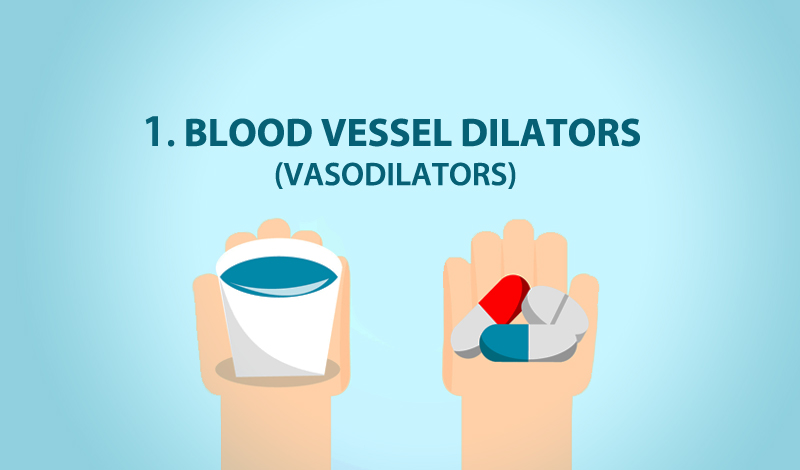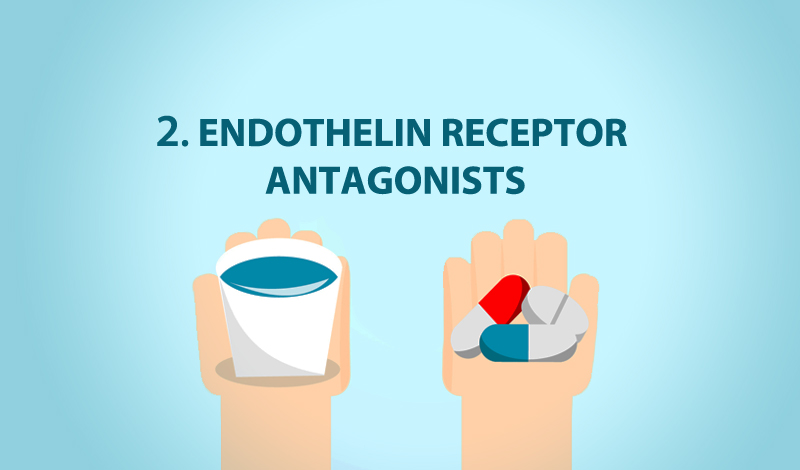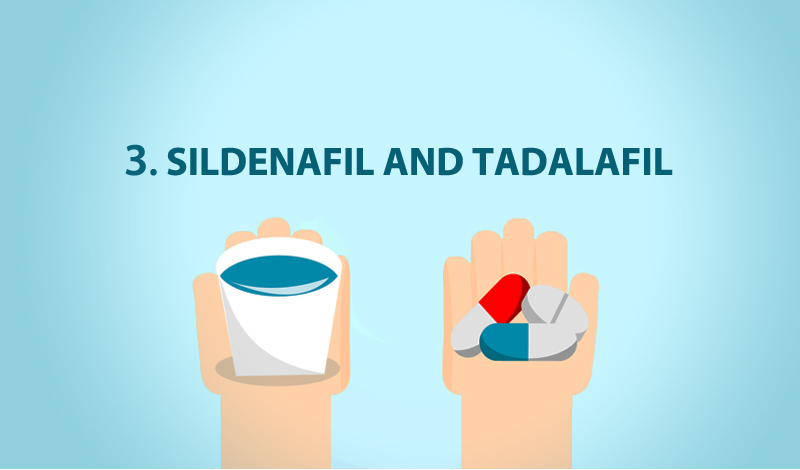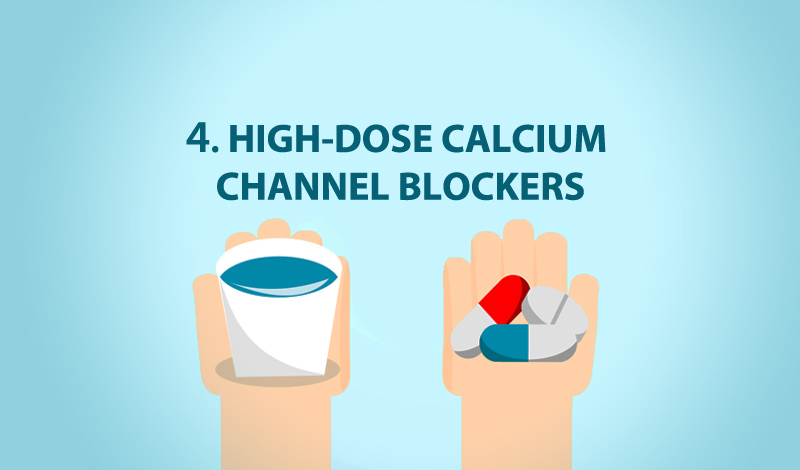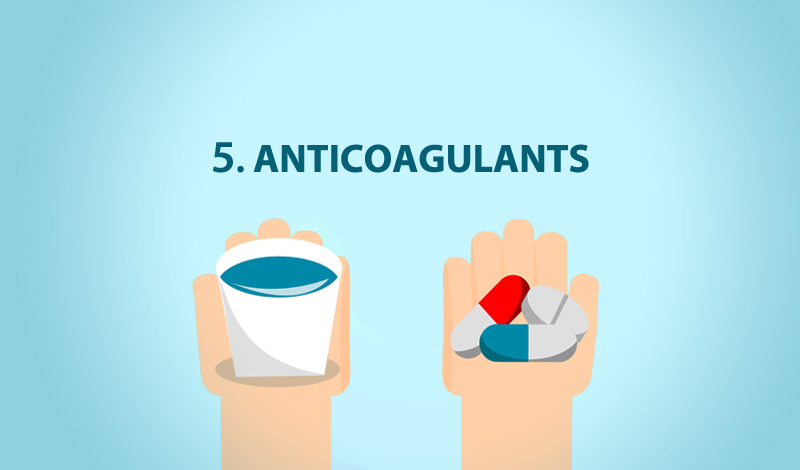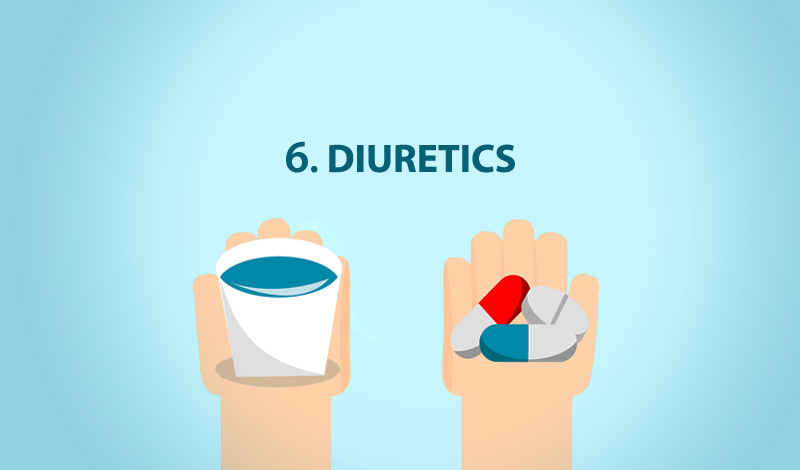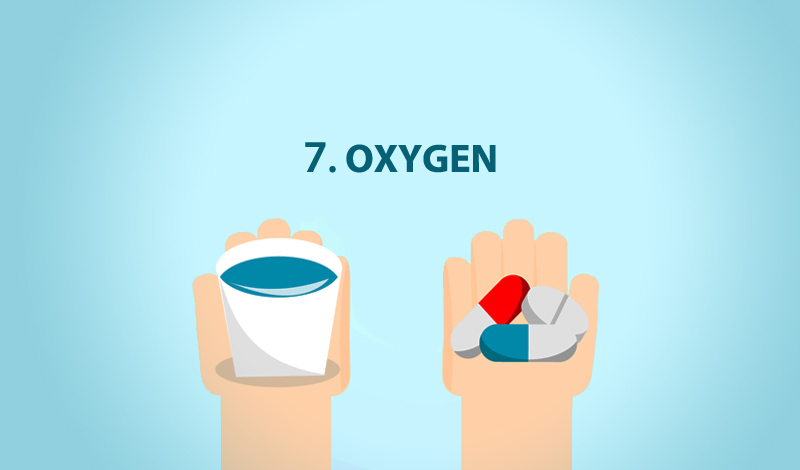7 Medications to Treat Pulmonary Hypertension
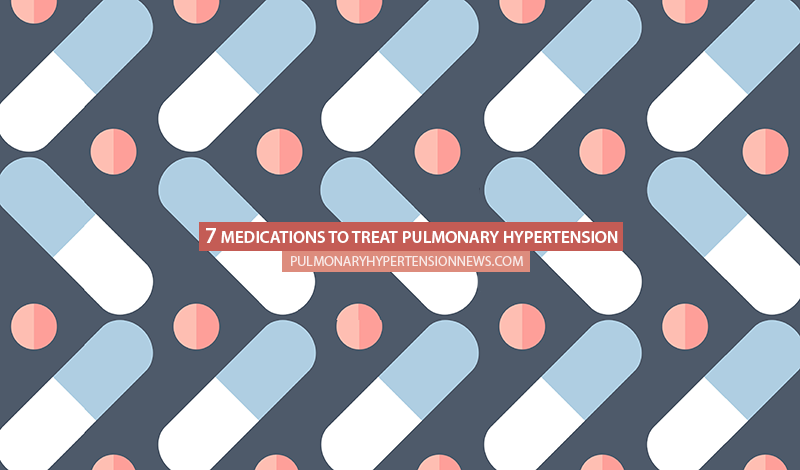
Pulmonary hypertension (PH) is a rare lung disease characterized by increase in blood pressure in the pulmonary arteries. Unfortunately, there is still no known cure available to end PH, but research has been evolving and doctors and scientists have been discovering some new ways to approach the lung condition.
You might be interested in reading more about Uptravi (selexipag) as a treatment for PH.
Even though there is still no known cure, there are several treatment options available to ease the symptoms. According to the Mayo Clinic, discover which type of treatments or medications are available to help treat pulmonary hypertension.
Interested in PH research? Check out our forums and join the conversation!
1. Blood vessel dilators (vasodilators)
Pulmonary hypertension is a disease that narrows the blood vessels, so using blood vessel dilators as a treatment will help because they work to open narrowed blood vessels. Epoprostenol (Flolan) is one of the vasodilators for PH most commonly prescribed. However, because the medication effect only lasts a few minutes, epoprostenol needs to be injected over and over again via an IV through a pump which PH patients have to wear in a pack on their belt or shoulder. Like all medications, it has its side effects which include jaw pain, nausea, diarrhea, and leg cramps among others.
Read more about using vasodilators to treat idiopathic PAH.
2. Endothelin receptor antagonists
Endothelin is the substance that causes the blood vessels to narrow. Endothelin receptor antagonists are medications that reverse this effect. Bosentan (Tracleer) is one of these medications; while taking it, pulmonary hypertension patients may see their energy levels improved and their symptoms relieved. If you are prescribed this medication, you will need monthly liver monitoring since this drug is very strong and can cause damage to your liver. A similar medication to Bosentan, which also stops the narrowing of your blood vessels, is ambrisentan (Letairis).
Read more about Letairis to treat pulmonary hypertension.
3. Sildenafil and Tadalafil
Sildenafil (Revatio) and tadalafil (Adcirca) are sometimes used to treat pulmonary hypertension. Sildenafil and its compounds have been found to improve exercise ability and reduce clinical disease progression in patients with pulmonary arterial hypertension (PAH). Tadalafil, marketed under the name Adcirca, is used to treat patients with PAH as it can also improve exercising ability. Both of these medications are used to open the blood vessels in the lungs and as a result, they allow blood to flow through more easily.
Read more about pulmonary arterial hypertension effectively treated with sildenafil.
4. High-dose calcium channel blockers
These types of medication help relax the muscles in the walls of blood vessels. Amlodipine (Norvasc), diltiazem (Cardizem, Tiazac) and nifedipine (Adalat, Procardia) are some of the high-dose calcium channel blockers available for pulmonary hypertension treatment.
5. Anticoagulants
Anticoagulants are important to help prevent blood clots from forming in the pulmonary arteries. Warfarin (Coumadin, Jantoven) is one of the more common anticoagulants you can be prescribed with. Also, anticoagulants prevent normal blood coagulation, and for this reason, it’s possible they may increase the risk of bleeding complications. It is important to take this medication as the doctor prescribed and follow all of their directions, or else you can suffer from serious and severe side effects.
Find out more about the benefits of anticoagulant use in PAH.
6. Diuretics
Diuretics are used to help eliminate excess fluid from the body. They are usually known as water pills and they reduce the work your heart has to do. They can also be used to help your lungs limit fluid build ups.
7. Oxygen
As people with pulmonary hypertension have difficulties breathing, something they will always need is oxygen. It’s possible your doctor may suggest you breathe pure oxygen – a treatment known as oxygen therapy – to help treat PAH.
Interested in discovering how to improve your oxygen uptake? Learn more about it here.
Read about 8 red flag pulmonary hypertension symptoms you should be aware of.
Pulmonary Hypertension News is strictly a news and information website about the disease. It does not provide medical advice, diagnosis or treatment. This content is not intended to be a substitute for professional medical advice, diagnosis, or treatment. Always seek the advice of your physician or another qualified health provider with any questions you may have regarding a medical condition. Never disregard professional medical advice or delay in seeking it because of something you have read on this website.




